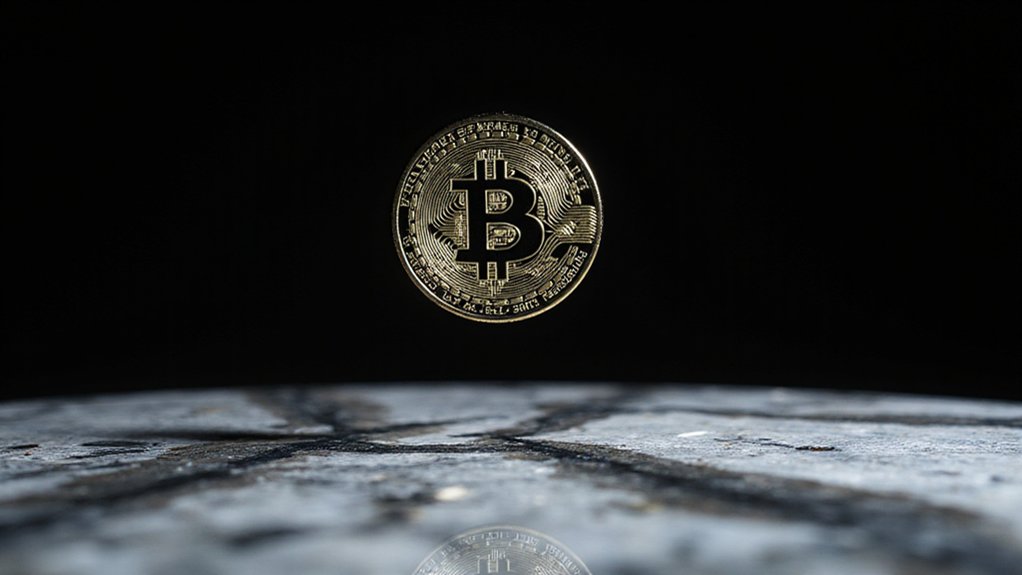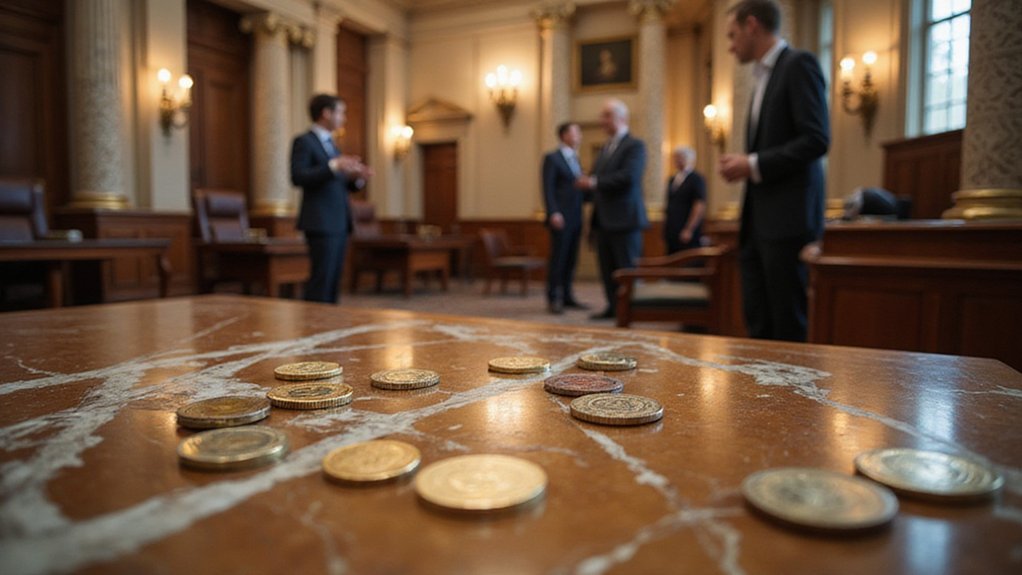The regulatory landscape for American financial institutions engaging with digital assets has undergone a seismic shift, as U.S. banking regulators dismantle previously erected barriers to cryptocurrency involvement. What once required formal non-objections and prior approvals has transformed into a more permissive framework, with the FDIC, OCC, and Federal Reserve collectively rescinding restrictive directives that had effectively cordoned off banks from the digital asset frontier.
The OCC’s publication of Interpretive Letter 1184 represents a watershed moment, reinstating permissions for national banks to buy and sell assets held in custody while allowing the outsourcing of crypto-related activities—provided appropriate risk management practices are observed. This marks a decisive reversal from Interpretive Letter 1179, which had imposed cumbersome requirements for formal non-objection before institutions could wade into digital asset waters.
The regulatory pendulum swings from restrictive gatekeeping to measured permission as banks regain their footing in digital asset territory.
Not to be outdone, the FDIC has issued guidance permitting supervised institutions to engage in crypto-related activities without the previously mandated prior approval. This substantial policy shift is formalized in FIL-7-2025, which officially rescinds the more restrictive FIL-16-2022. One might observe that regulators have finally recognized that innovation waits for no bureaucracy (though risk management requirements remain firmly in place, lest anyone mistake regulatory liberation for abandonment).
The Federal Reserve completed this trifecta of regulatory recalibration by dropping directives that required state member banks to provide prior notice before engaging with cryptocurrencies. Banks may now consider offering access to spot crypto ETFs without navigating excessive regulatory hurdles, providing their clients with regulated exposure to digital assets. This policy shift aligns with the administration’s commitment to ensure fair access to banking services for law-abiding entities in the digital asset space. The central bank will instead monitor such activities through its regular supervisory processes—a streamlining that financial institutions will certainly welcome with cautious enthusiasm.
This coordinated pivot suggests an administration intent on providing the regulatory clarity that digital asset proponents have long clamored for. The withdrawal of restrictive statements signals a more supportive policy landscape, though banks venturing into this territory must still maintain safety and soundness through robust risk management frameworks.
As further guidance emerges from this interagency collaboration, American banks find themselves increasingly empowered to explore blockchain technology’s potential while tackling its inherent complexities.









